Statistics for EU’s 2020 agricultural performance have been published by EuroStat. The report looks at both the economic and resource performances of the EU’s agricultural industry.
Economic Performance
In 2020, Agriculture contributed 1.3 % to the EU’s GDP. The estimated gross value added (GVA) of the European agriculture industry was €178.4 billion. GVA is defined as “output (at basic prices) minus intermediate consumption (at purchaser prices)” (EuroStat). The total value of output produced, which includes crops, animals and agricultural services, was €414.1 billion. 53% of this produced output was from crops. Vegetables, cereals and horticulture plants were the most valuable crops. 58.7% of the output produced came from Europe’s “big four”: (1) France, €76.3 billion, (2) Germany, €57.6 billion, (3) Italy €56.9 billion, and (4) Spain, €52.3 billion. The 2020 value of output fell slightly, by about -1-1% from 2019.
In 2020 there was an estimated 8.5 million full-time agricultural workers in Europe. There’s been a continuous downward trend in agricultural labor. From 2005 till 2020 the yearly decline averages to about -2.5% a year. 2020 had -2.9% less full-time workers than 2019. This decrease is largely due to the increased use and efficiency of machinery and more choices in job opportunities in other industries. Agricultural income for families in Europe fell slightly by -0.8% in 2020.
Resource Performance
This year saw an increased trend towards sustainability. ”There is an increasing interest in the efficiency with which resources are used” (EuroStat). In addition to quantifying the economic growth, it’s also important to look at the environmental impact the industry is having. One of the ways Eurostat is quantifying this is by looking at the differences between the volume of production output and the intermediate consumption of goods and services. For example, from 2005 to 2020 Belgium’s agricultural output grew by 15.2%, but their volume of intermediate consumption fell by 30.5%.
The sales of pesticides in 2020 remained unchanged and sold 333,500 tonnes in 2019. Although the sale of pesticides remains constant, it’s been reported that the use of pesticides have declined. More notably Romania (-62%), Luxembourg (-50%) and Denmark (-47%) are using less pesticides on their crops and forests.
For the full Eurostat report, click here.
Read about industrialized agriculture, it’s history and it’s impact on the environment by clicking here.
Find out which 12 foods were found to have the most pesticides by clicking here.






